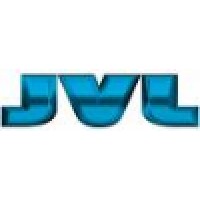
JVL
Established 38 years ago, JVL is a fully-integrated engineering gaming and amusement game manufacturer. With a diverse product line of video slot machines, amusement, and home equipment, JVL prides itself on presenting solution-based entertainment technology for a broad market. The company's foundation is built on innovative technology, creativity, hard work, and respect for its customers and employees. JVL is proud to be a leader in the gaming and slot machine manufacturing industry.






